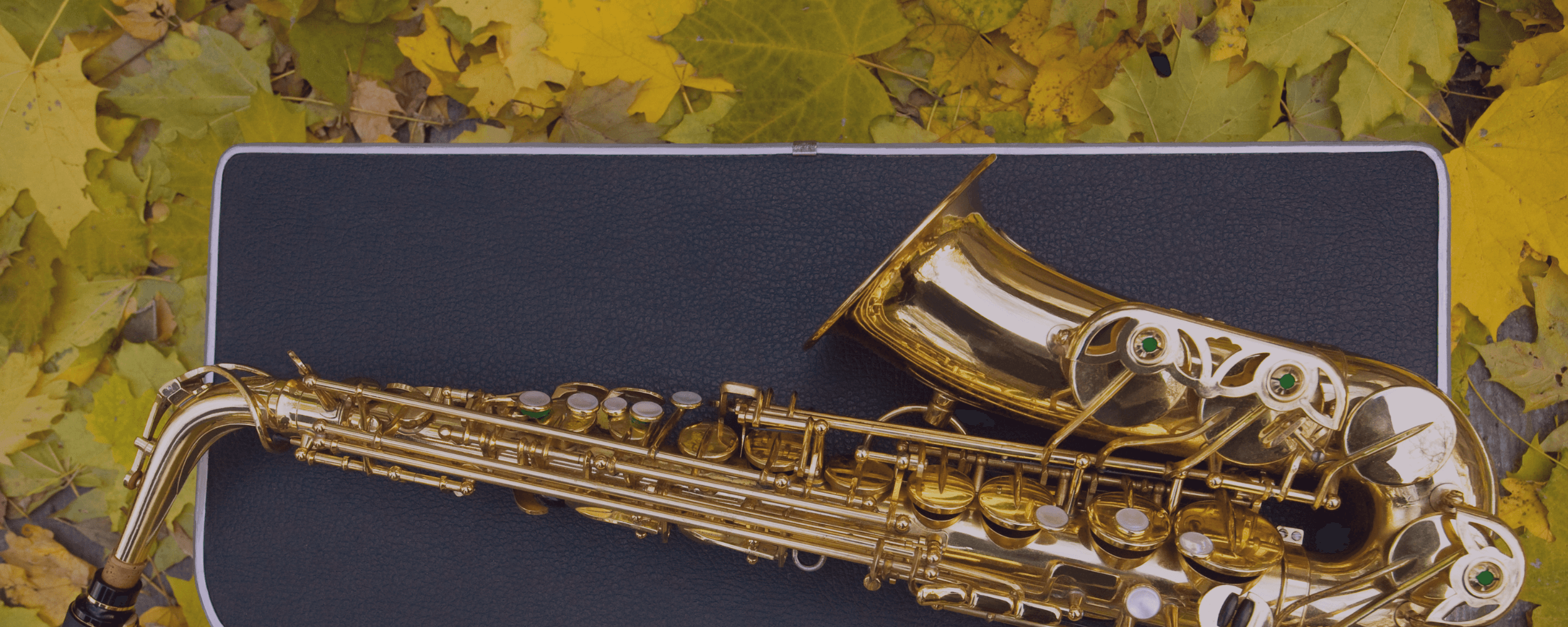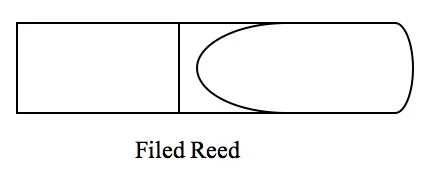
Filed and unfiled reeds
Do you feel confused when selecting your reeds? Well after you’ve found the reed strength and possibly found a brand that suits you, then there is another choice.
A filed reed, has a thin layer of additional wood removed just below the vamp area allowing the bark to form a straight line. This additional cut allows the reed to vibrate more freely producing a brighter sound with better response.
An unfiled reed, sometimes referred to as a single cut, does not have the additional cut with the bark forming just a “U” shape in the area below the vamp. This cut produces a darker tone with more resistance, as the reed is not as free to vibrate.
So who is up for trying unfiled and filed and we can record a clip to see if we can hear or feel the difference?
Choosing a ligature
In smaller rooms, it is advisable to use a fabric ligature, whereas in larger spaces, metal ligatures are recommended. BG, a well-known manufacturer of ligatures, provides this guidance. Detail makes the difference when choosing a ligature. Fabric ligatures and metal ligatures cannot be compared. One is not better than the other, they are simply different. BG France suggest every musician must have several ligatures because every BG ligature provides a different sound for each situation and type of music. In Fabric Ligatures, the presence of the metal on the base plate increases the brightness and the projection of the sound. With just a rubber base, the warm sound is strengthened. Each ligature satisfies specific needs. Fabric ligatures are recommended for small rooms or when looking for a more intimate sound. They are perfect for ensemble works
Sound comes from the vibrations of the reed and mouthpiece and BG optimize them by using exclusively “one screw” ligatures, placed on top of the mouthpiece. Reeds vibrate from top to bottom and any pressure point on the reed has an effect on the sound. Using screws in contact with the reed changes the vibrations. It is common to use ligatures that come with your sax and work just fine, but as you progress it might be worth exploring the options.




